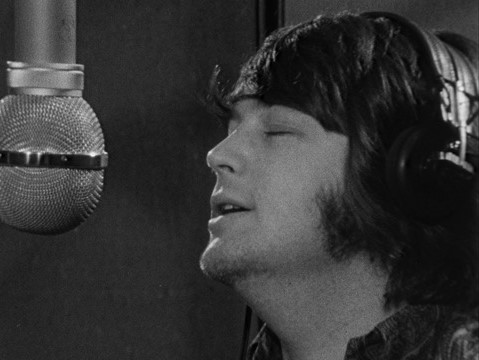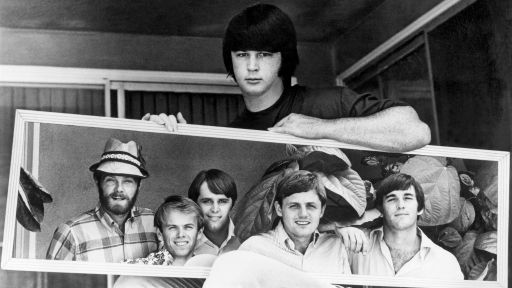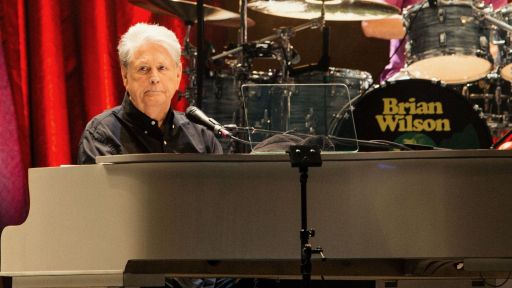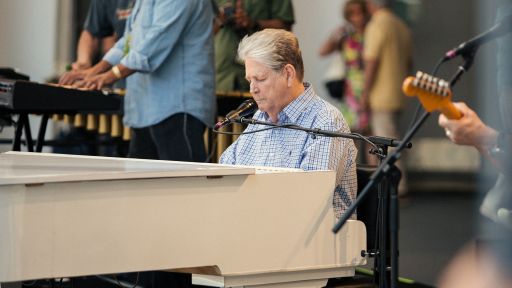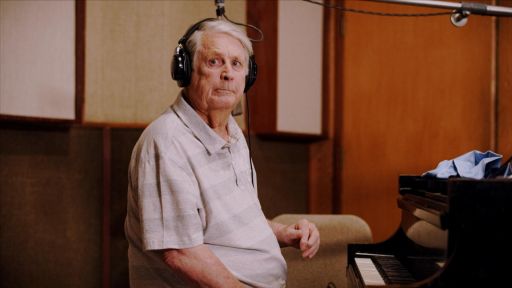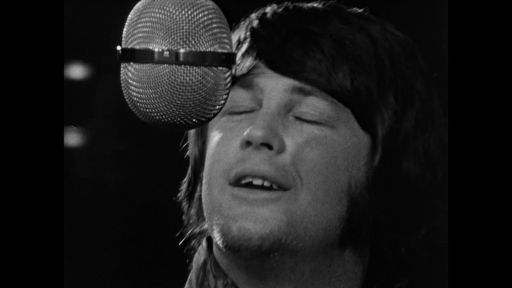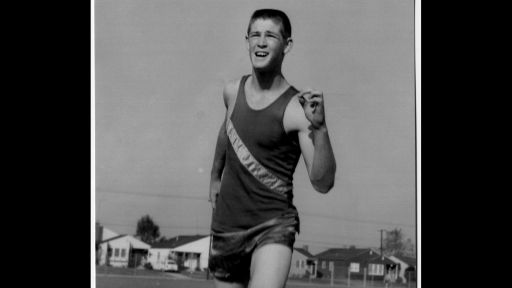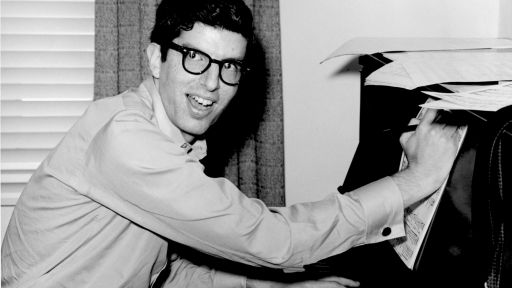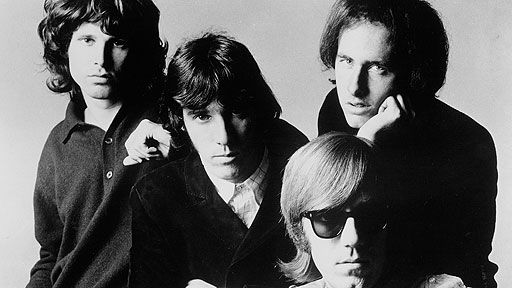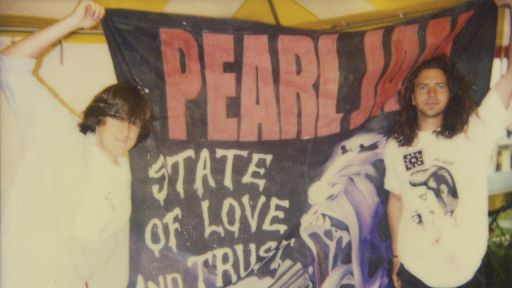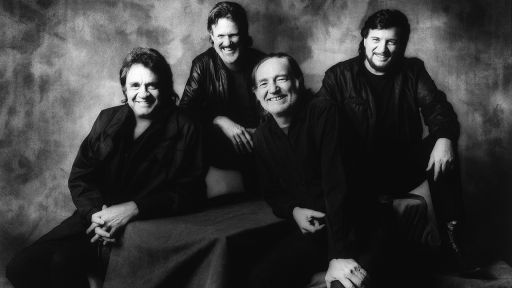Music critic Lindsay Zoladz shares her thoughts on how the listenability of Brian Wilson’s music belied his talent and the intricacies of his music.
Rock ’n’ roll, like any worthwhile art form, is fueled by the tension of opposites, like that moment of expectant silence between a record’s A-side and its B. This is one of the many bits of wisdom that Brian Wilson has always seemed to know intuitively, since his earliest teenage years with The Beach Boys—a group whose formative aesthetic, after all, refracted the lifestyle of a charismatic surfer-boy through the eyes and ears of his shyer and more introspective older brother. “Dennis was really living it—it was his life,” youngest brother Carl once said, recalling The Beach Boys’ so-called “surf, cars and girls” songs of the early 1960s. “I remember Brian drilling Dennis on what was going on—really pumping him for the terminology.” Wilson put it even more succinctly in a 1966 interview: “I have never surfed, but I was able to feel it through Dennis.”
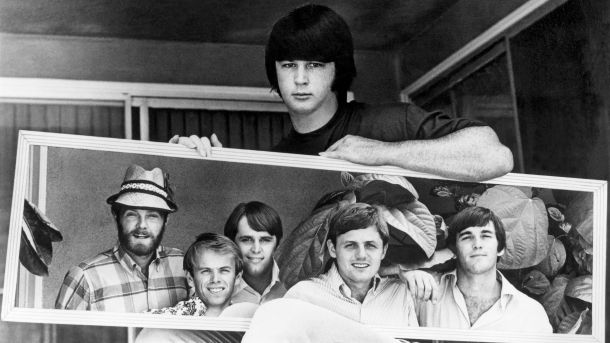 As Wilson’s mystical sonic visions expanded throughout the 1960s, though, The Beach Boys’ music became spacious enough to embody these opposing forces, sometimes in the confines of a single pop song. The Beach Boys are both the vast transcontinental horizons of “Surfin’ U.S.A.” and the dreamy homebody seclusion of “In My Room.” They are the tender feminine vulnerability of the first verse of “Don’t Worry Baby,” and the sudden, almost over-compensatory masculine bravado of the next verse, when the song suddenly jump cuts from a private moment between lovers to a potentially deadly drag race (“but I can’t back down now because I pushed the other guys too far…”). The essence of The Beach Boys, and of Wilson’s ineffable musical genius, dwells somewhere in those in-between spaces—the unexpected movements between major and minor chords, the ethereal tones produced when melody meets countermelody. It encompasses both the carefree joy of a sunny day and the gray clouds whose rains feed back into the ocean, becoming tomorrow’s waves.
As Wilson’s mystical sonic visions expanded throughout the 1960s, though, The Beach Boys’ music became spacious enough to embody these opposing forces, sometimes in the confines of a single pop song. The Beach Boys are both the vast transcontinental horizons of “Surfin’ U.S.A.” and the dreamy homebody seclusion of “In My Room.” They are the tender feminine vulnerability of the first verse of “Don’t Worry Baby,” and the sudden, almost over-compensatory masculine bravado of the next verse, when the song suddenly jump cuts from a private moment between lovers to a potentially deadly drag race (“but I can’t back down now because I pushed the other guys too far…”). The essence of The Beach Boys, and of Wilson’s ineffable musical genius, dwells somewhere in those in-between spaces—the unexpected movements between major and minor chords, the ethereal tones produced when melody meets countermelody. It encompasses both the carefree joy of a sunny day and the gray clouds whose rains feed back into the ocean, becoming tomorrow’s waves.
That yin-and-yang quality was particularly noticeable across a pivotal stretch of time in late 1965 and early 1966, between The Beach Boys’ tenth and eleventh studio albums. November 1965 saw the arrival of the fun, scrappy “Beach Boys’ Party!,” recorded just two months prior and rush-released for the holiday season. Meant to capture the loose feeling of the Boys sitting around jamming in someone’s living room (“Recorded ‘Live’ at a Beach Boys Party!” the cover proclaims, even though the chattering background voices and clinking glasses were added in post-production), it remains perhaps the least meticulously recorded LP in the group’s entire discography. Wilson received a producer credit, but he’s barely a presence on the album itself. His mind was elsewhere, gestating the musical ideas that would become The Beach Boys’ next, radically different album: the groundbreaking studio symphony that is “Pet Sounds.”
For Wilson, 1965 was a time of profound change and rapid personal growth. The year prior, he had extricated himself from the two aspects of being a Beach Boy that were causing him the most stress: touring (which he believed was sapping his creative energy) and working with his demanding manager-father Murray, who the band fired in the summer of 1964. With the rest of The Beach Boys away on tour for much of the year, 23-year-old Wilson was left to contemplate the group’s future from the cozy domesticity of the Beverly Hills house he’d recently purchased with his young wife Marilyn. He set up a tent in the living room and, beneath the piano, a sandbox into which he could dig his bare feet when composing the fragments of melody and emotion he called “feels.” Bob Dylan and the Beatles were then pushing the rock album format into artistically unprecedented terrain. Tossed-off covers of songs like “Barbara Ann,” the hit single from “Beach Boys’ Party!,” would no longer suffice. In December 1965, when Wilson first heard the Beatles’ “Rubber Soul”—an entire album conceived as an ebbing and flowing work of art!—it was as if a gauntlet had been thrown down.
The 13 songs on “Pet Sounds” (still, after all these years, a genuine and oft-cited contender for the greatest album of all time) are immaculate confections. They have always reminded me of beautiful and indescribably delicious petit fours: Ornately layered but still, when you gulp them down, vessels of pure, immediate sensory pleasure. The melodies of classics like “God Only Knows” and “Wouldn’t It Be Nice” are timeless and effortlessly hummable, but the more attention you give to the recordings, the more details you will find and appreciate and pore over—even after half a lifetime’s worth of listens.
For an album that has inspired some of the most ambitious (and, at times, overelaborate) popular music of the past half century, “Pet Sounds” itself is astonishingly concise: The whole thing clocks in at around 36 minutes, and the longest song (the elegiac “I Just Wasn’t Made for These Times”) runs a modest three minutes and twelve seconds. But the meticulously stacked layers that distinguish Wilson’s production style perform something of a temporal magic trick across the infinite depths of “Pet Sounds,” building a collection of interlocking presents and making time seem as though it’s moving horizontally as much as it is linearly.
While some found it curious at the time, Brian’s decision to bring on the little-known jingle writer Tony Asher to pen much of the album’s lyrics turned out to be an inspired decision. Wilson was looking for a way to communicate complex feelings and sounds in the most universal means possible, and Asher knew how to avoid over-seasoning the soup. The songs themselves blossomed out of Wilson and Asher’s candid living room conversations about such relatable topics as relationships, self-doubt and growing up. Viewing young love from a variety of different moods and angles though—from the beatific “You Still Believe in Me” to the disillusioned closer “Caroline, No”—allowed the album to progress along a loose narrative arc, from youthful exuberance to wizened experience, from boyhood to adulthood.
Another thematic tension that manifests on “Pet Sounds” is that between the individual and the collective—which Wilson was certainly feeling at the time, as his band mates were away on a long overseas tour and he was working on these solitary, internally-focused compositions an ocean away. Wilson once said of one of the album’s most wrenching tracks, “I Just Wasn’t Made for These Times,” “it’s about a guy who was crying because he thought he was too advanced, and that he’d eventually have to leave people behind. All of my friends thought I was crazy to do ‘Pet Sounds.’” And yet, once they returned from their tour, the gloriously moving harmonies that Wilson coaxed out of his other band members proved—to quote an album that “Pet Sounds'” grand studio achievements would inspire the following year—that there was nothing like “a little help from your friends.”
Nearly 60 years later, “Pet Sounds” continues to move, and move people, in mysterious ways. In Charles L. Granata’s book “Wouldn’t It Be Nice: Brian Wilson and the Making of The Beach Boys’ ‘Pet Sounds,’” he quotes the modern pop producer Rob Fusari, musing on Wilson’s singular approach to recording the human voice. “There’s counterpoint in his vocal productions; there are melodies inside of melodies in the vocal harmonies,” Fusari says. “Those melodies are interleaved or interwoven, and there’s motion—like a swirling, which I like to think of as waves in the ocean. They don’t stand still; they move, sometimes very gently.” Brian Wilson may not have ever experienced the physical sensation of catching a wave and sitting on top of the world, but he could certainly feel it, compose it and—a crucial development for the history not just of The Beach Boys but of recorded music itself—shape it into the perfect sound.


